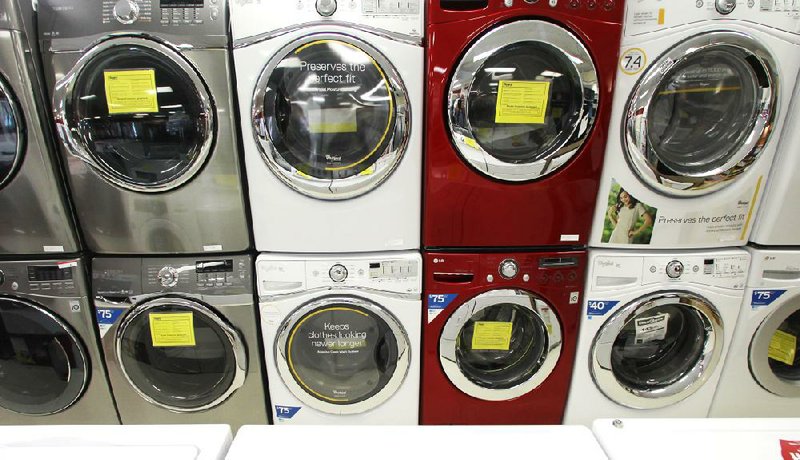WASHINGTON - Companies placed slightly more orders in August for U.S. long lasting manufactured goods, stepping up demand for cars, trucks and machinery. Even with the gain, business spending on factory goods potentially lacks the strength to accelerate economic growth in the July-September quarter.
Orders for durable goods, items expected to last at least three years, increased 0.1 percent in August, the Commerce Department said Wednesday. That comes after orders plummeted 8.1 percent in July, which was largely because of a steep drop in volatile commercial aircraft orders.
The August orders were held back by a decline in demand for defense aircraft and other military goods. Excluding defense spending, orders rose 0.5 percent.
Auto factories reported a 2.4 percent increase in orders, the biggest in six months.
And demand for so-called core capital goods rose 1.5 percent, after falling 3.3 percent the previous month. Core capital goods are a good measure of businesses’ confidence in the economy and include items that point to expansion, such as machinery and computers.
Still, economists said the gains weren’t enough to reverse the declines in previous months.
“It was definitely a mixed month,” Jennifer Lee, an economist at BMO Capital Markets, said in a note to clients. “The gains in core orders and shipments in the month do not offset weakness in the last couple of months.”
Durable goods shipments rose 0.9 percent in August, after two months of declines. The shipment figures are used to calculate economic growth.
After seeing the report, Lee said she cut her forecast for economic growth in the July-September quarter to an annual rate of 1.8 percent, down from 2 percent.
Still, the pickup in core capital goods orders suggests production and shipments could rise in the final three months of the year.
“Third-quarter growth in equipment investment will be pretty weak, but the fourth quarter should be notably better,” said Paul Ashworth, an economist at Capital Economics.
Manufacturers are trying to rebound from a slump earlier this year, when weak growth overseas lowered demand for U.S. goods. Companies also spent less on large equipment. There have been signs that factory production is picking up.
Factories ramped up their output in August by the most in eight years, driven by a robust month at auto manufacturers. That suggested manufacturing could help drive growth in the second half of the year.
And a survey of purchasing managers found that factories expanded in August at their fastest pace in more than two years, driven by a jump in new orders.
The economy expanded at a 2.5 percent annual pace in the April-June quarter, up from 1.1 percent annual rate from January through March. Many economists expect growth is slowing in the July-September quarter to an annual rate of 2 percent or less.
Business, Pages 25 on 09/26/2013

